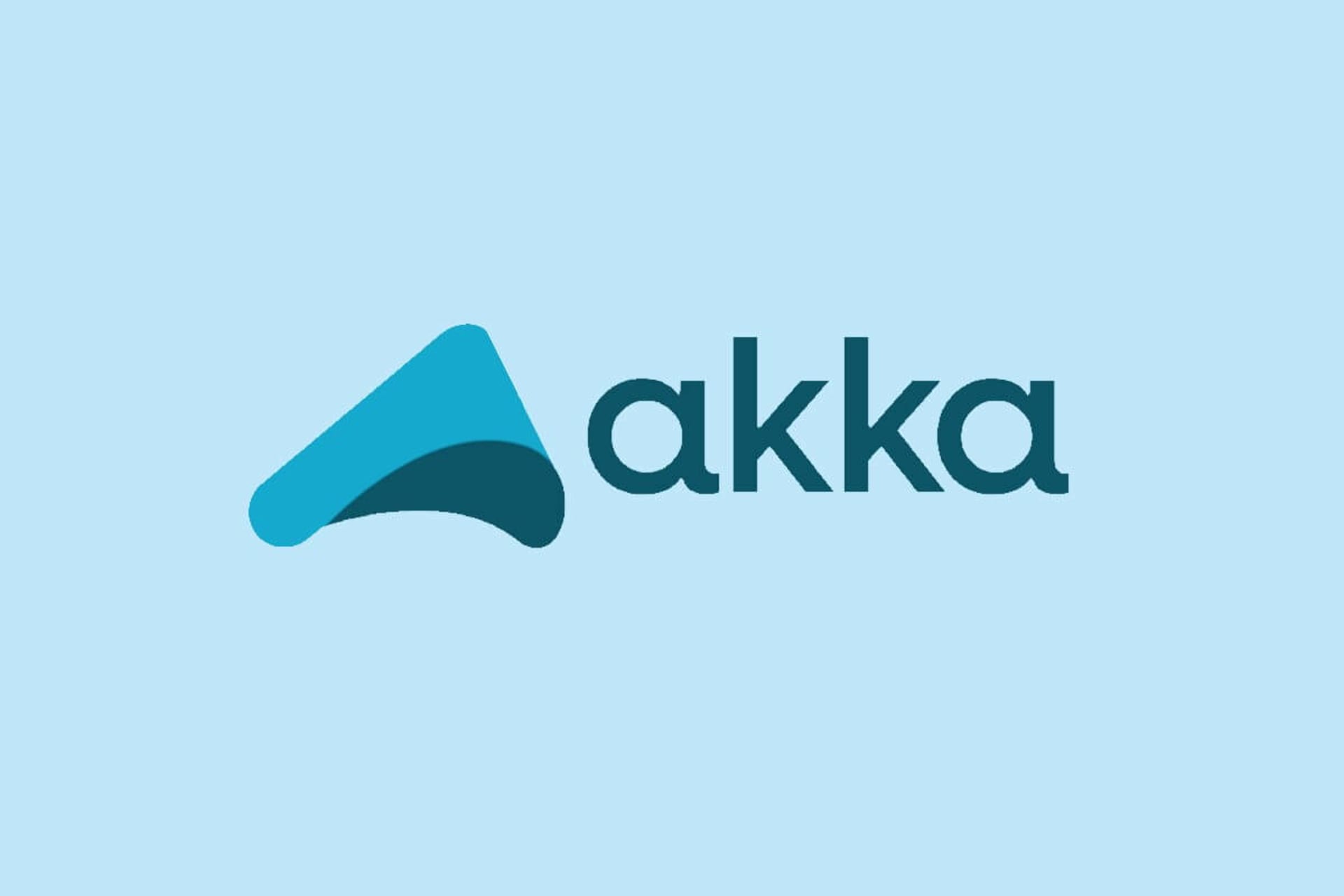What is Akka?
Akka is an application development tool for building highly concurrent, message-driven Java and Scala applications. It’s a development framework that allows you to create distributed, JVM-based applications.
Applications created through Akka are event-driven and resilient. They are also highly scalable and allow you to focus on core business objectives. In addition, you don’t have to worry about low-level concurrency primitives or server-side traffic routing while building your application with Akka.
Akka applications can send 50 million messages per second. It can also handle 2.5 million actors per GB. This allows the applications to be highly scalable and efficient. The machine is also self-healing, i.e., it can automatically fix local and remote actors in case of any issues. Scaling can be done through different techniques such as balancing, clustering, sharding, and partitioning.
What are Akka actors?
Akka actors are similar to objects in an object-oriented design. They receive messages, decouple them and perform tasks as per message instructions. They can execute a task themselves or forward the message to another actor with the authentication to perform the required task.
Actors are used for creating, configuring, and implementing Akka components. They are typically used in the Actor-Model system for synchronization and message passing. These actors run on different threads and communicate with each other through a group router. The router uses a receptionist to discover available actors. The receptionist is also responsible for routing the message only to registered actors.
What are the problems with traditional concurrency models?
In modern IT infrastructure, there are many ways to handle concurrency, such as multi-threading and encapsulation, among others. However, in these methods, you must assign part of your memory for sharing, which often leads to corrupted internal states of objects.
You can apply locks to fix this issue. However, they are an inefficient and outdated method of solving communication issues. They don’t scale efficiently and can cause problems such as deadlocks.
You can use call stacks to fix some of the issues of multi-threading. However, call stacks can’t handle failure requests. For example, the main thread won’t access the worker thread if you have a message waiting in a queue. In that scenario, if the worker thread starts working on the message and fails, the main thread will not receive a notification of the failure. Furthermore, if the worker thread itself shuts down when the main thread is not accessing it, its failure won’t generate any notification. That means that the thread will remain failed until the next time it is accessed, at which point it will generate its first failed state exception.
How does Akka work?
Akka’s actor model solves the concurrency issue by sending messages to other actors instead of using the main thread. This allows you to emulate encapsulation without using locks. Akka also ensures actor states are maintained in a thread-safe way.
Actors pass the responsibility of sending notifications to the receiving actor. They also process incoming thread messages sequentially instead of instantaneously. This allows them to synchronize without using multiple threads.
How do actors work?
Akka follows the model of actor and actor supervisors. When a failure happens, the subordinate actors shut themselves down and throw an exception. In that situation, the supervisor can either escalate the failure, restart the subordinate, or permanently stop the actor. However, if the failed actor is also a supervisor, shutting it down would mean shutting down all its subordinates.
You can also terminate an actor’s subordinates before restarting it. Actors can’t be attached to supervisors from outside the network and get cleanly shut down when their supervisors fail.
Instead of direct communication, the actors communicate through message passing. Actor references support the messages the actor wants to send. The actors follow known message passing methods, such as fire and forget, request response, and adapted response.
Each actor has a standard configuration that includes a mailbox (for message queuing), execution environment (for handling code and passing messages), behavior variables, and address. However, actors can be differentiated based on paths.
Paths are addresses that describe an actor’s protocol and location. Each actor has a physical and logical path. These paths help engineers define the functional location of an actor in the actor system.
The preferred method to handle actors is through clusters instead of remotely connecting to them. The clusters module handles the addition and removal of actors to different cluster systems. It’s also responsible for distributing computation.
Akka services
Alpakka
This is an open-source product for Java/Scala pipeline integration.
Alpakka has an extension called Alpakka Kafka that allows you to connect to Kafka streams. Using Akka for Kafka development services transactions ensures that all messages are consumed without duplication and are successfully produced at the sink.
Akka Streams
Akka Streams is a toolkit that allows you to create high-level abstraction streams without worrying about actor behavior and variables.
Akka Projections
Akka Projections allow you to process a stream from a source. The stream should have a payload and a trackable offset. You can also use it to restart and track these projections.
Akka vs Spark?
Apache Spark is a data processing engine used to process batch data. It focuses on fault tolerance. It uses resilient distributed datasets for fast data sharing and processing. It also allows you to perform tasks on different machines in parallel.
Akka is a general purpose framework for building high performance, distributed systems. It allows you to process transactions without worrying about concurrency.
Spark is much more useful for performing actions on large datasets (big data) while Akka emphasizes a higher degree of actor control. You should use Akka where you need to perform real-time batch processing using business logic.
Is Akka worth learning in 2022?
The Actor-Model system is highly useful if you’re working on distributed algorithms and processes. If you want to run your application in the background, this model would be beneficial for synchronizing messages and facilitating communication, especially if you are working on languages such as Scala, Java, or Erlang.







